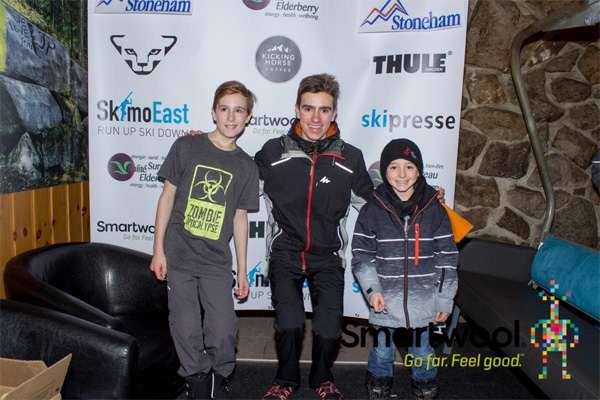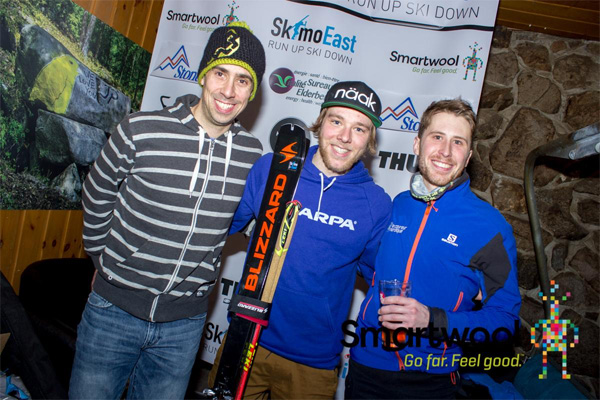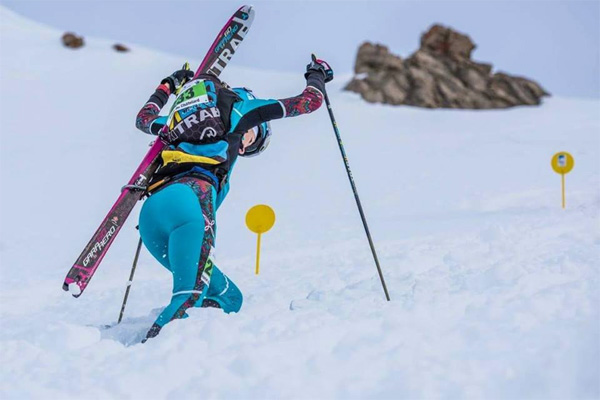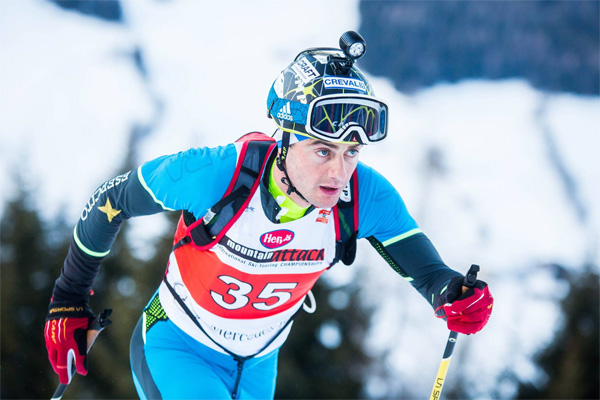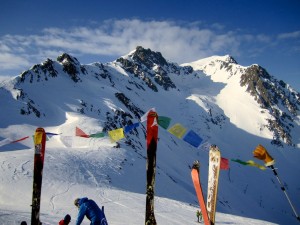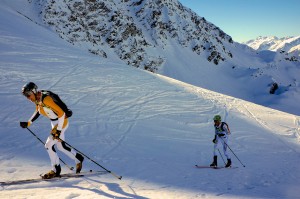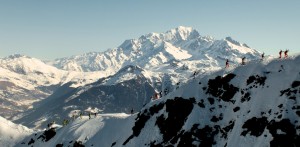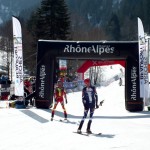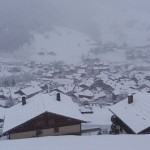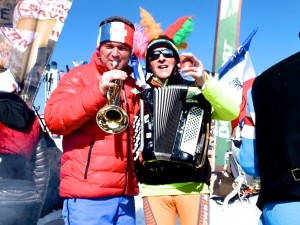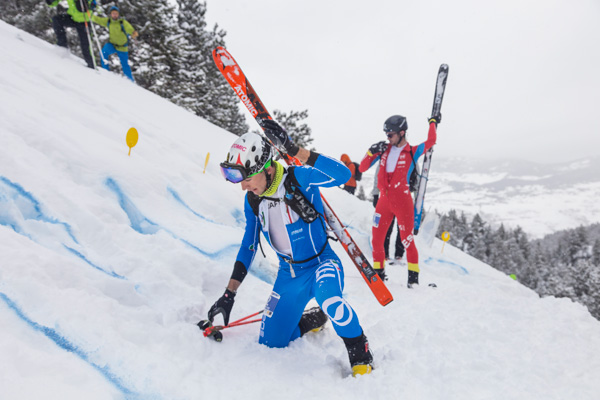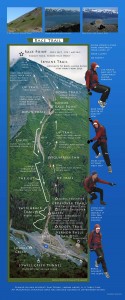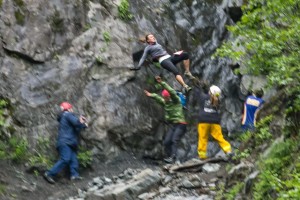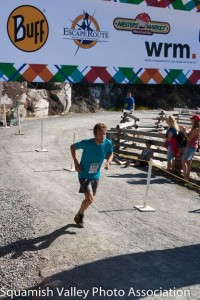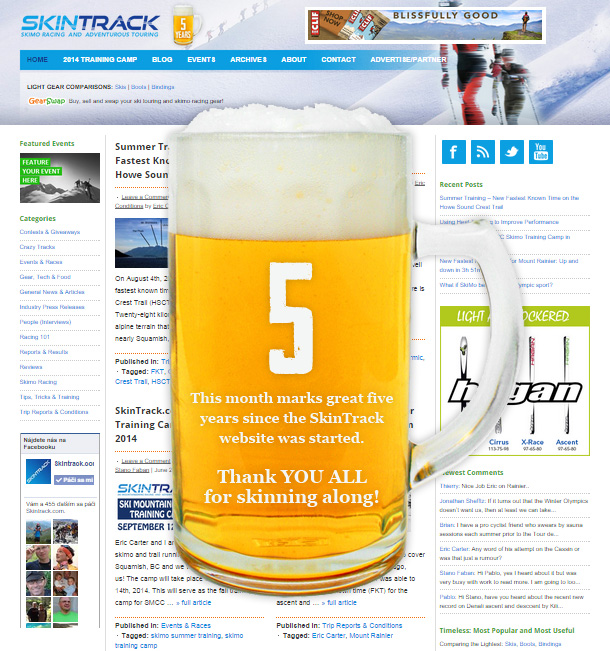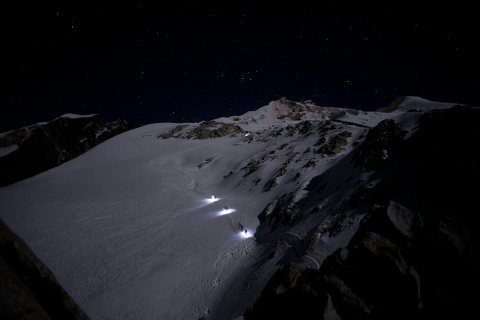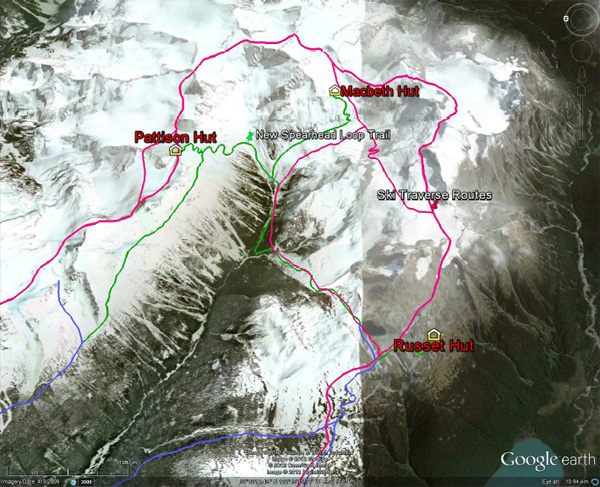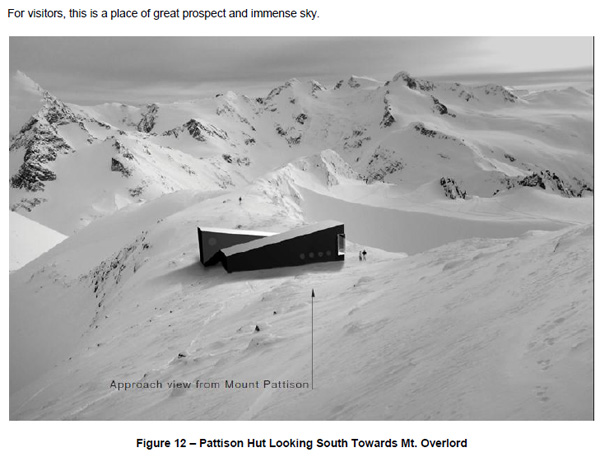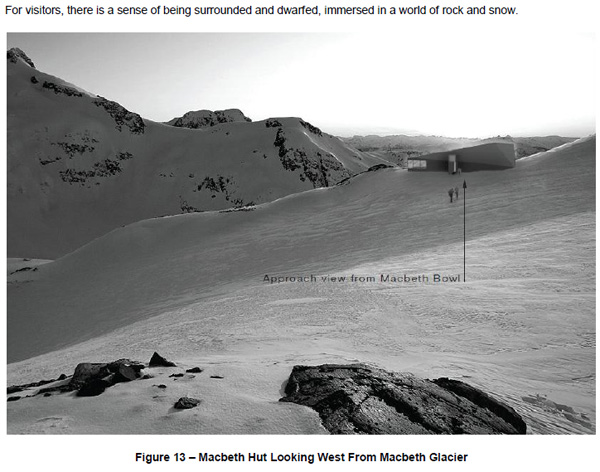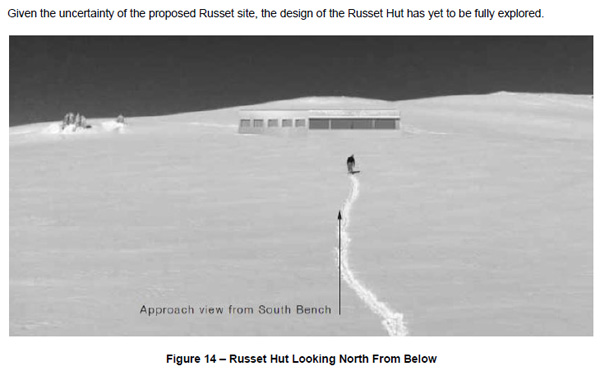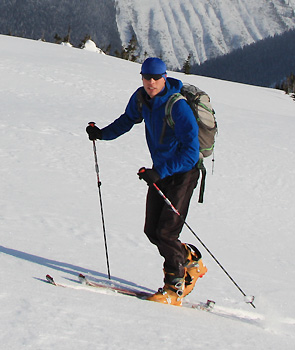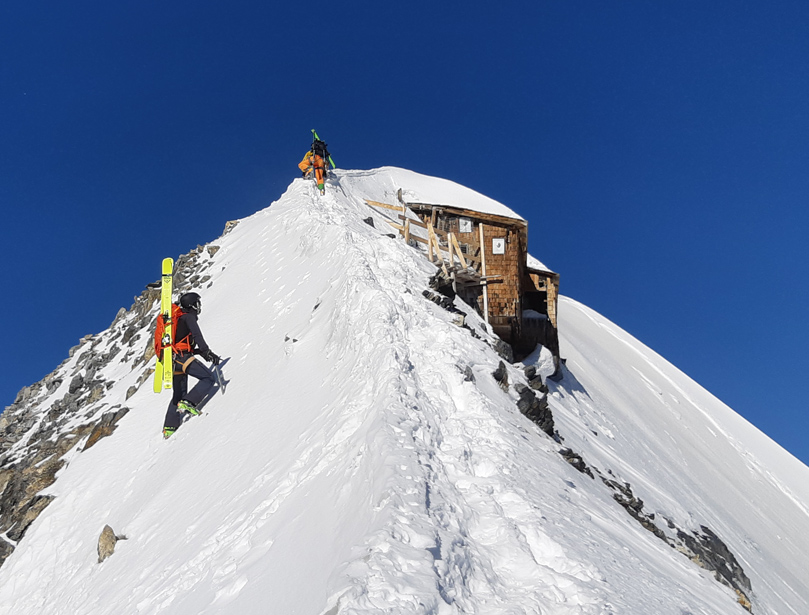
As time flies, history is forgotten yet some of the old stories spring to life again in the most unusual places…
One such fascinating story came to light a couple of years ago on Gran Zebrù (Königspitze) – 3851m mountain in northern Italy – where the Austrian and Italian armies clashed during the World War I.
After decades of hiding, an old military hut emerged from under ice and snow right below the summit of this grand peak in the Ortler Alps.

Lots of the World War I was fought in high mountains and is historically known as the White War.
To gain an edge on the enemy, one of best ways was to occupy high ground so they could see what the enemy was doing on the other side and to attack them from above. Towering peaks on the borders of the two countries were exactly the places both sides wanted to control.
While the hut has been increasingly peeking out for the last 25 years, the “discovery” was broadcasted to wider masses only in 2015, after the structure was studied by an Italian archaeological group.
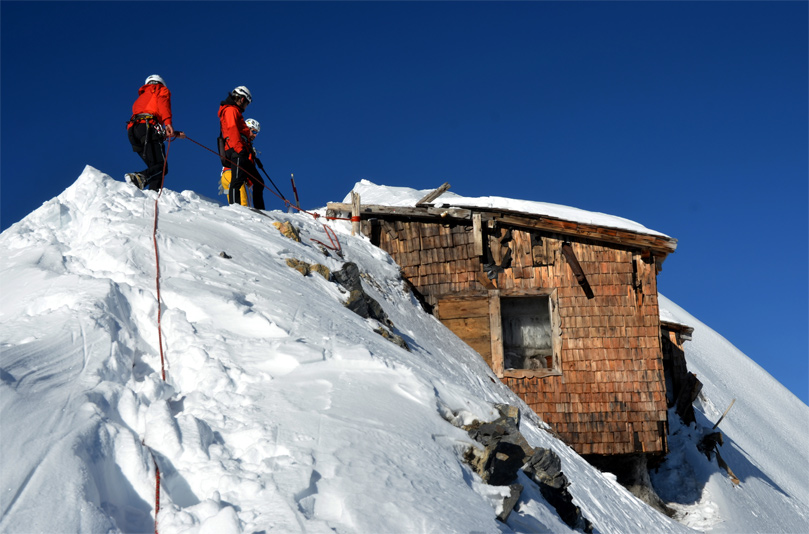
And here is a loosely translated account from the war on Gran Zebrù:
When in the spring of 1917 Austrian patrols found out from their lookouts that the Italians were preparing to occupy the Gran Zebrù, raising men and materials high, it caused an alarming panic among the Tyroleans. Such a strategic position would easily provide the enemy with an overview of the maneuvers of their forces.
In May 1917, with a frantic race, the Austrians managed to settle on that very important peak. General Baron von Leuprecht made the climb with two officers and their soldiers who bivouacked in small tents and holes in the snow for several days.
At the top of the couloir, a deep trench protected by barbed wire was excavated. Just 150 meters from the Austrians, the Italians had clung firmly with two machine guns on a high ridge of the same mountain.
There were many actions to drive the Austrians from the top, and vice versa with several deaths on both sides, but until the end of the war it remained in Austrian hands. They fortified it more and more, also endowing it with a hand cable-car, until it became a formidable fortress in their hands.



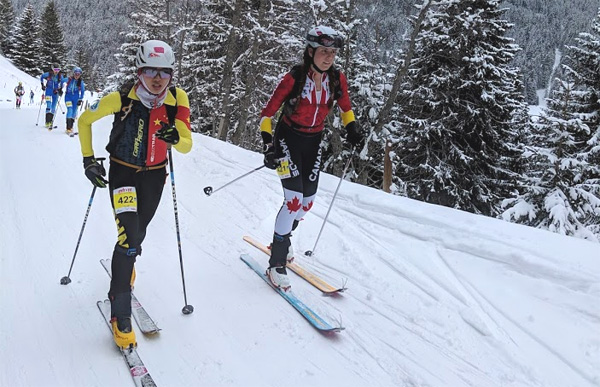
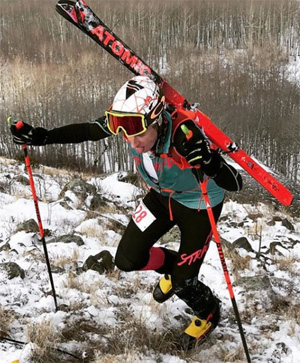 Finally a race goes off in Colorado!
Finally a race goes off in Colorado!